Breading is a popular method for making crispy dishes, but it is often associated with the use of eggs to adhere the breading.
However, there are many ways to make a breading without eggs, which are suitable for people with allergies and those who follow a vegan lifestyle. With a little creativity and the right ingredients, the same taste and texture of classic breading can be achieved without using eggs.
Egg substitutes for binding
One of the main roles of eggs in breading is to act as a glue between the product and the breading. To replace eggs, you can use various products that have a similar function. One of the most popular solutions is to use plant-based milks such as soy, almond or rice milk. They are slightly thick and help the coating stick to the products. For better adhesion to food, you can also add a little starch to the plant milk, such as corn or potato.
Another option is to use a flour mixture – a mixture of water and flour (wheat, rice or chickpea). This combination creates a light paste that acts as an adhesive and can easily hold breadcrumbs, sesame seeds or other breading ingredients on the products. This technique is widespread in Asian cuisine and is extremely easy to do.

Types of egg-free breading
Egg-free breading can be made with different types of dry ingredients that add crunch to the food. Breadcrumbs are a classic ingredient, but it can be replaced or enriched with other ingredients such as grinded nuts, cornflakes or coconut shavings. For example, finely grinded almonds or walnuts add a rich flavor and texture to breaded products. Also, finely crushed cornflakes create an extremely crispy crust.
Sesame seeds are another excellent choice for breading. They not only add crunch, but also add additional aroma and taste to dishes. They are especially good with tofu or vegetables, such as zucchini and eggplant.
Breading process

The egg-free breading process is not much different from the traditional method. First, the product is dipped in the liquid that serves as an egg substitute, such as plant-based milk or a flour mixture. Then it is rolled in the selected dry breading - breadcrumbs, nuts or sesame. For better breading adhesion and a crispier result, the process can be repeated twice - first in the liquid, then in the dry mixture and again.
If you want a lighter breading option, you can use soda or sparkling water instead of milk or flour mixture. The soda adds extra lightness to the breading, making the dish more airy and crispy.
Culinary uses of breading
Egg-free breading is suitable for all kinds of foods – from vegetables to meat and fish. For example, tofu, which is often used in vegan and vegetarian recipes, can be easily breaded without eggs, using a mixture of soy milk and sesame seeds for the perfect crispy coating. Vegetables such as zucchini, eggplant and cauliflower can also be breaded without eggs, using a combination of flour mixture and breadcrumbs or cornflakes.

Even when breading fish or meat, this method can be applied, by choosing a suitable egg substitute for the binding. This allows people with allergies or specific diets to enjoy classic dishes without compromising on taste and texture.
Now you know what to replace the egg with in the breading and you can confidently prepare irresistible breaded wings, golden breaded cheese and fluffy chicken nuggets.

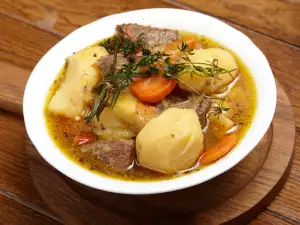

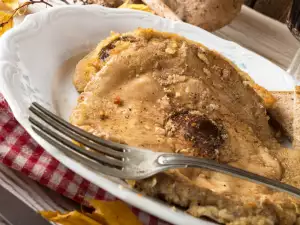

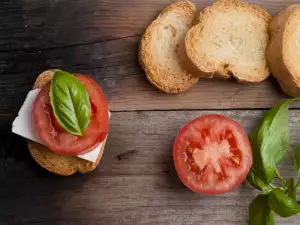


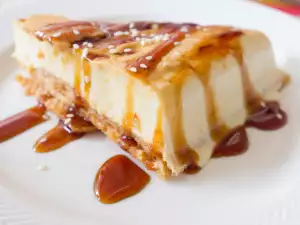
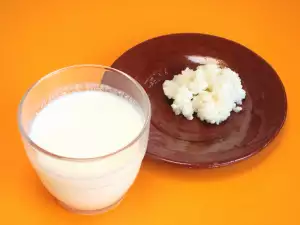
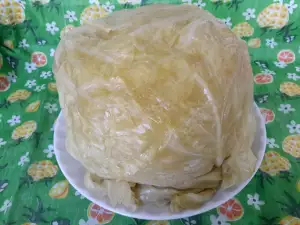

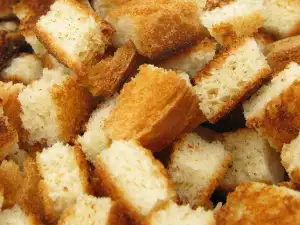
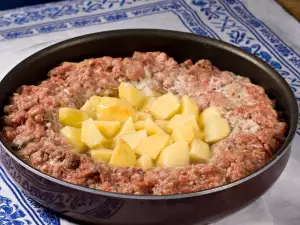
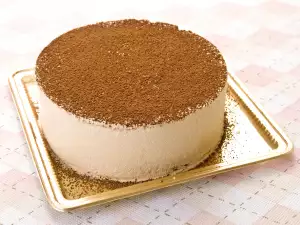





Comments